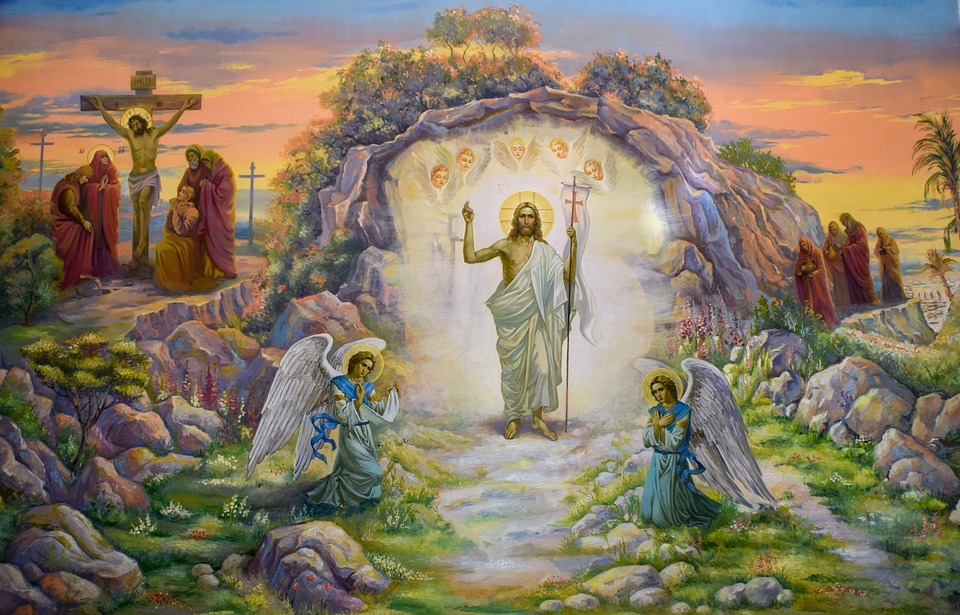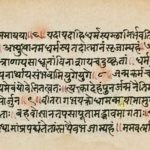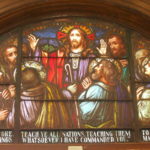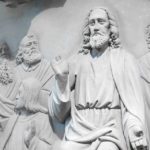Every year, Christians around the world celebrate Easter to remember the death and resurrection of Jesus Christ. Christians believe that through his resurrection, Jesus defeated death and sin and offers people eternal life if they follow him.
Christian churches in the West celebrate Easter on the first Sunday following the full moon after the Vernal Equinox on March 21. Therefore, Easter may fall anywhere between March 22 and April 25 of each year.
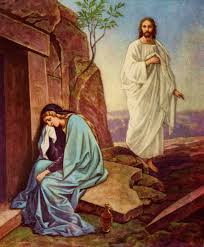 Lent is a 40-day period leading up to Easter Sunday that is a time of reflection and penance. It represents the 40 days Jesus spent in the wilderness before his public ministry, where he was tempted by the devil. The week before Easter is called Holy Week. It includes Maudy Thursday, which commemorates Jesus’ last supper with his disciples, Good Friday, which marks Jesus’ crucifixion, and Holy Saturday, which is a transition between the crucifixion and resurrection.
Lent is a 40-day period leading up to Easter Sunday that is a time of reflection and penance. It represents the 40 days Jesus spent in the wilderness before his public ministry, where he was tempted by the devil. The week before Easter is called Holy Week. It includes Maudy Thursday, which commemorates Jesus’ last supper with his disciples, Good Friday, which marks Jesus’ crucifixion, and Holy Saturday, which is a transition between the crucifixion and resurrection.
Some people believe Easter is related to the Jewish Passover, which is a celebration to mark the freedom of the Israelites from bondage and slavery. It was during Passover that Jesus was crucified. Historically, the two celebrations have been entwined. Pascha, originally meaning Passover, has come to mean Easter as well.
Eggs have long been associated with Easter.
Throughout the ages, eggs have symbolized new life and fertility. For Christians, eggs are symbolic of the resurrection of Christ. The hard shell of the egg represents the tomb of Christ and cracking it represents His resurrection. Eggs are frequently dyed, painted, colored or decorated in other ways. The decorating of eggs is believed to date back to at least the 13th Century.
In the Orthodox and Eastern Catholic traditions, eggs are dyed red to represent the shed blood of Christ. In medieval times, eggs were forbidden during Lent and so they were a mainstay of the Easter meal.
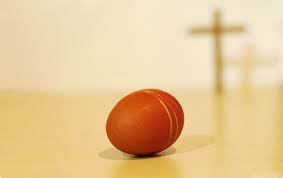 Eggs were also used in Easter games. Parents would hide them for their children to find. Also, children would roll them downhills. Rolling eggs is also symbolic of rolling the stone away from Christ’s tomb. Egg rolling is popular in England and is an Easter Monday sport. The most famous egg roll takes place annually on the White House lawn the Monday after Easter.
Eggs were also used in Easter games. Parents would hide them for their children to find. Also, children would roll them downhills. Rolling eggs is also symbolic of rolling the stone away from Christ’s tomb. Egg rolling is popular in England and is an Easter Monday sport. The most famous egg roll takes place annually on the White House lawn the Monday after Easter.
Like eggs, rabbits (or hares) were a symbol of a new life for pagans. Christians adopted it to represent new life in Christ.
The legend originated in Germany, where there were tales too of an “Easter hare” who laid eggs for children to find. German immigrants brought the story to Pennsylvania in the 1700s.
Germans also pioneered the practice of making chocolate bunnies and eggs.
Easter parades also have their origins in the Church. After their baptisms, Christians wore white robes all through Easter week to indicate their new lives. Those who had already been baptized instead wore new clothes to symbolize their sharing a new life with Christ.
Churchgoers in Medieval Europe would take a walk after Easter mass, led by a crucifix or an Easter candle.

